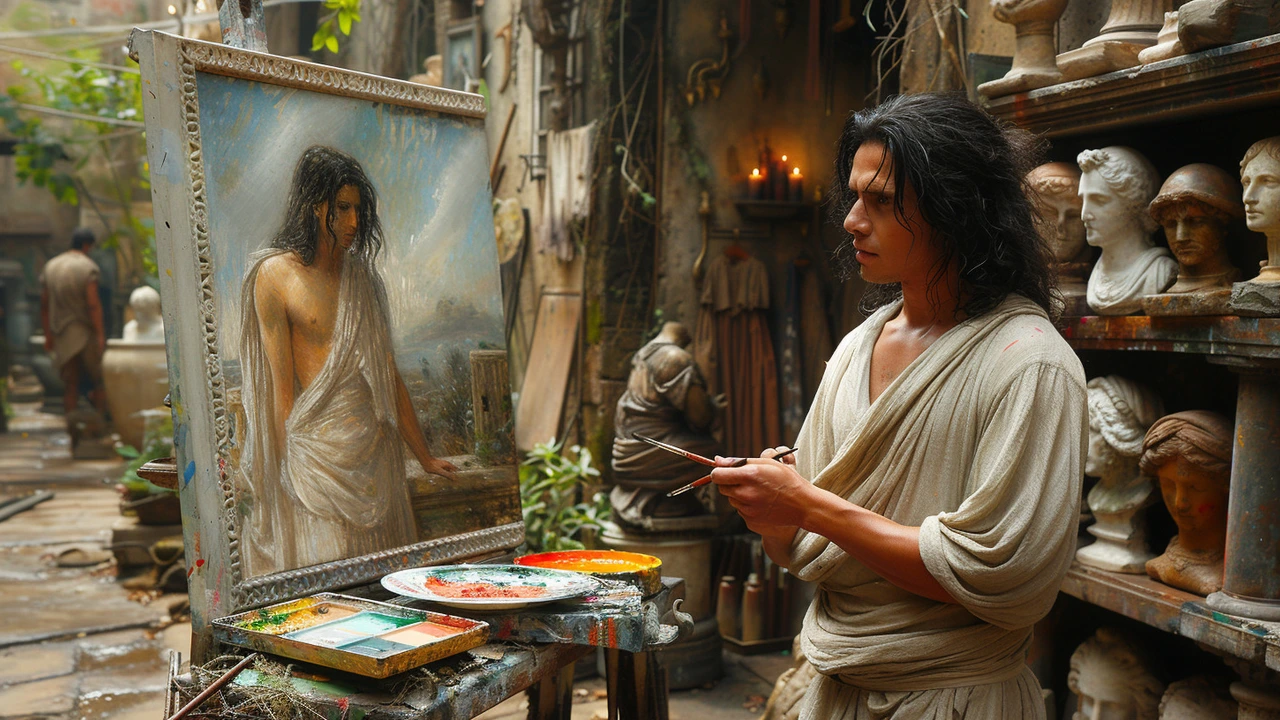Richness of Art: How to See More in Paintings, Spaces, and Design
Art is richer than a single style or a famous name. From photorealism that fools your eyes to Fluxus that dares you to laugh, the richness of art comes from variety, story, and the new ways artists make us look. Want a quick way to understand that variety without getting lost in jargon? Read on—this is practical, not academic.
How to Explore the Richness
Start with one movement that grabs you. If sharp lines and simple forms appeal, check Bauhaus and De Stijl. If raw emotion hits you, try Abstract Expressionism or Expressionism pieces. Don’t skim—spend five minutes with a single work. Notice composition, color, and what the artist might be saying about life or society. That small focus reveals patterns across movements and makes art less random and more meaningful.
Use museums and online shows differently. In a gallery, stand close to see brushwork, then step back to read shapes and balance. Online, zoom into details you’d miss in person—photorealism and installation art reveal technique that way. Read one short paragraph about the artist before you view; context turns visual choices into clear choices, not mystery.
Use Art in Everyday Life
Want art at home that actually works? Pick one idea and repeat it. A single bold color from a Baroque piece or a geometric motif from Bauhaus repeated in pillows or a rug ties a room together without feeling forced. For small budgets, framed prints of installation or ukiyo-e details look sharp when cropped and paired with a plain frame.
Buying original can be simple: start local. Many great works begin as small prints, studies, or limited runs by emerging artists. Ask for edition sizes, materials, and care tips. That makes collecting less scary and more practical. If you want long-term value, learn basic conservation: avoid direct sun, keep stable humidity, and frame works properly.
For makers and students, mix approaches. Try photorealism studies to build observation, then use Abstract Expressionism ideas to free your mark-making. Land art and futurism push you into public or tech-driven projects—so experiment with scale or AR apps to see what fits your voice.
The richness of art is not just history names on a timeline. It's a toolkit: styles to borrow, strategies to decorate, and ideas to make your own work clearer. Pick one movement from this site—Bauhaus, Cubism, Fluxus, or Harlem Renaissance—and spend a week noticing its influence in posters, furniture, or music. You'll start to see art everywhere, and that’s when it really gets interesting.

